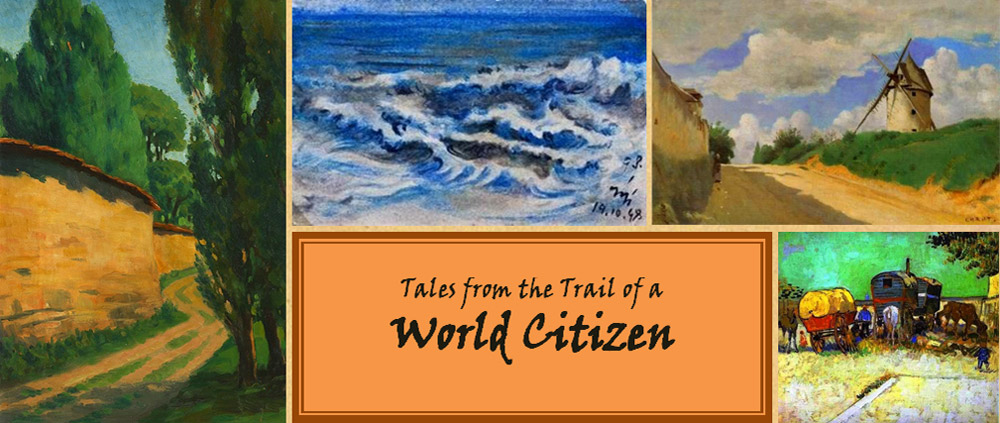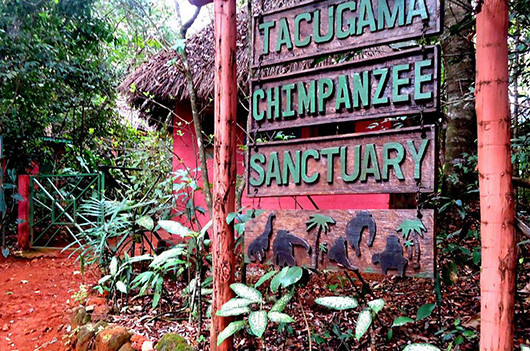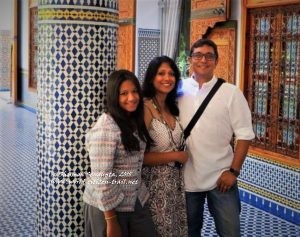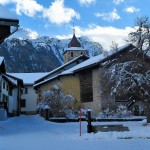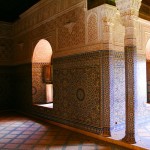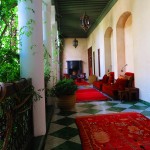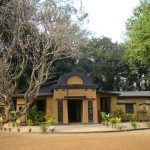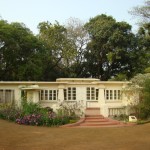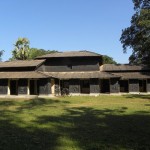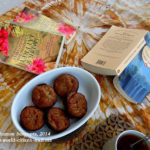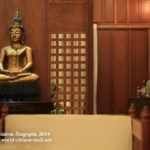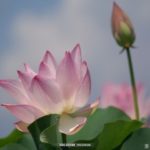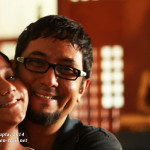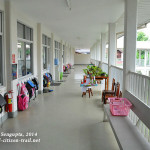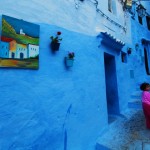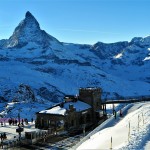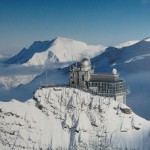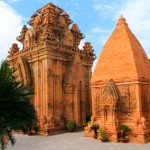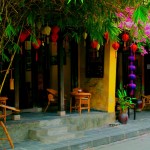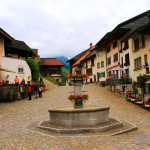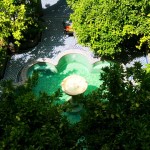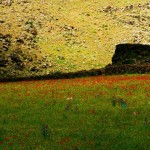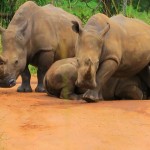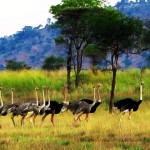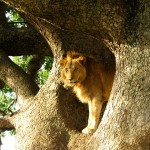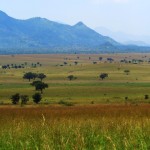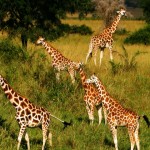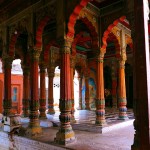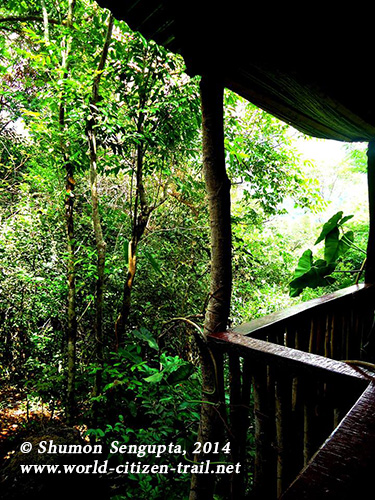
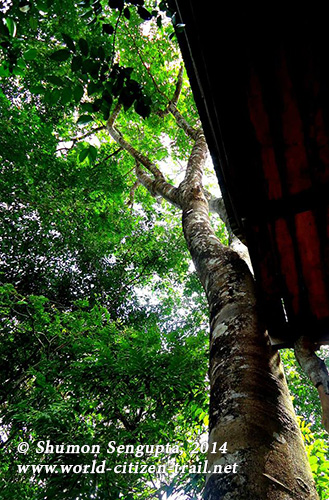
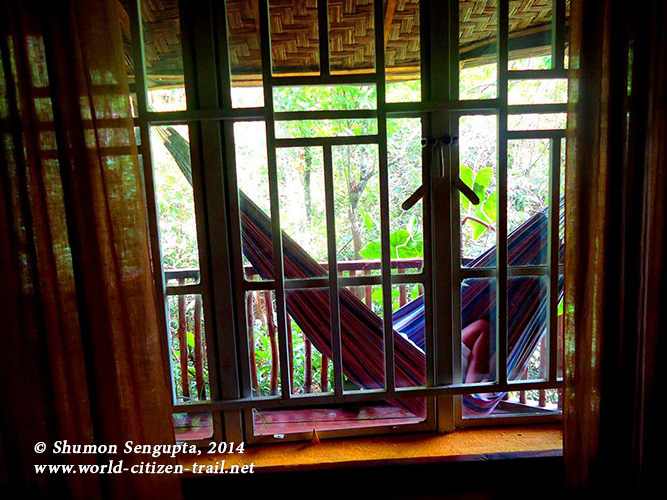
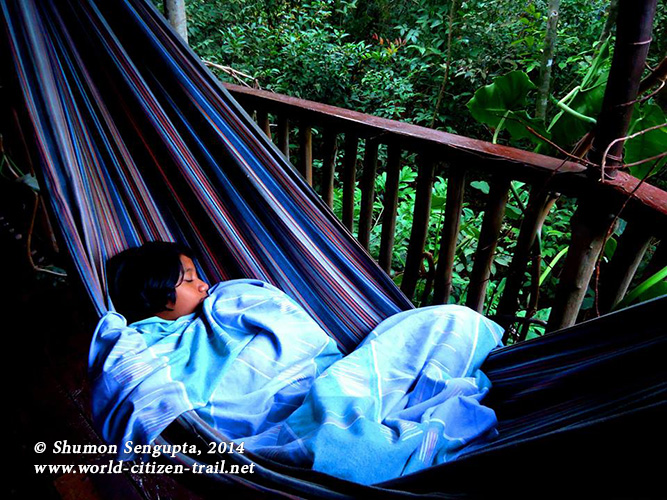
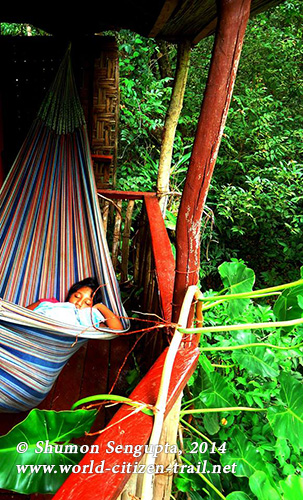
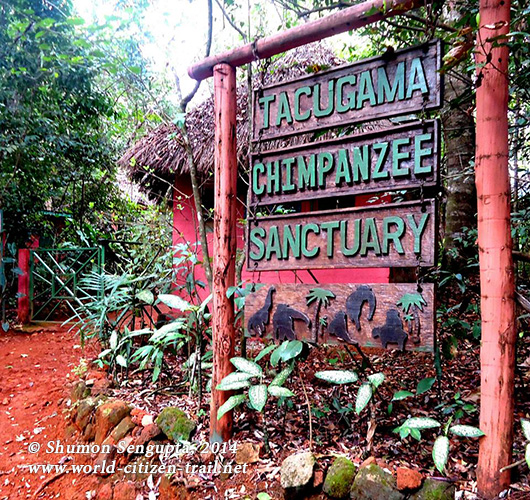
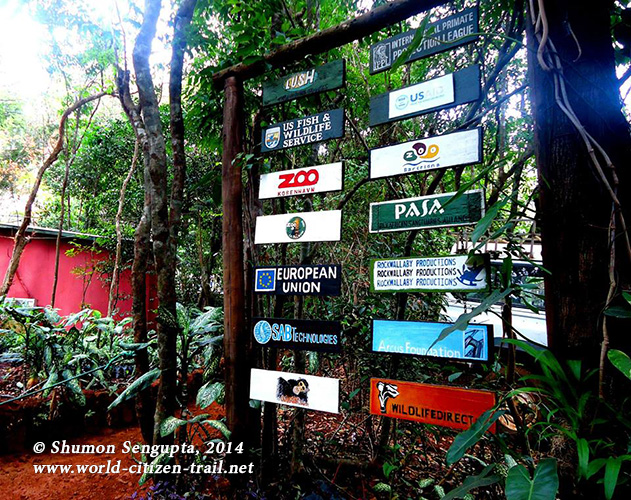
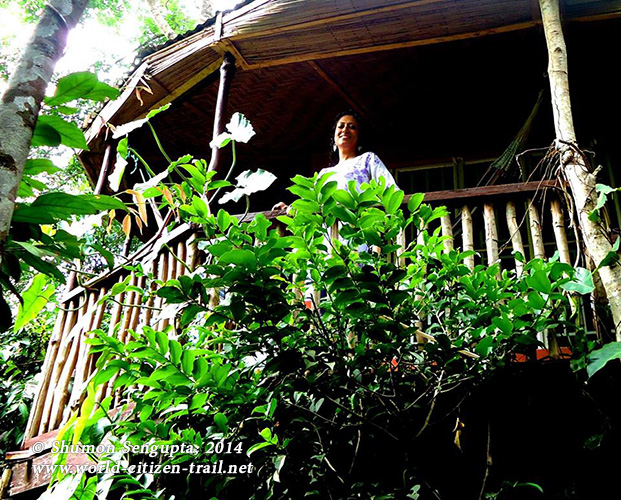
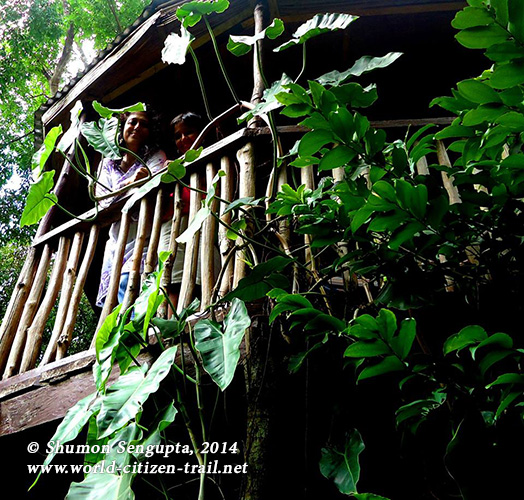
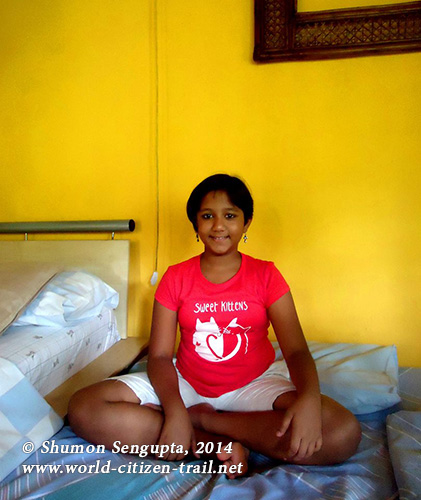
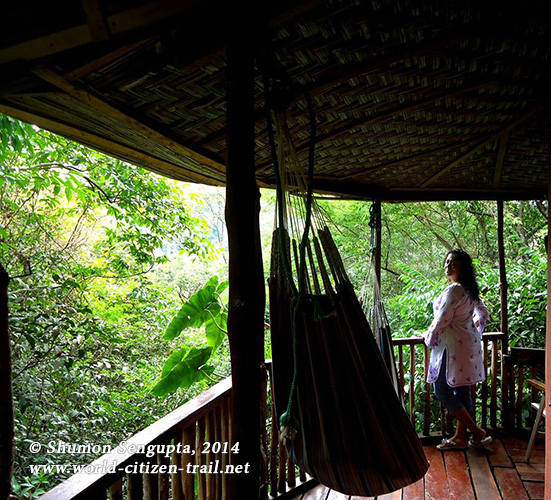
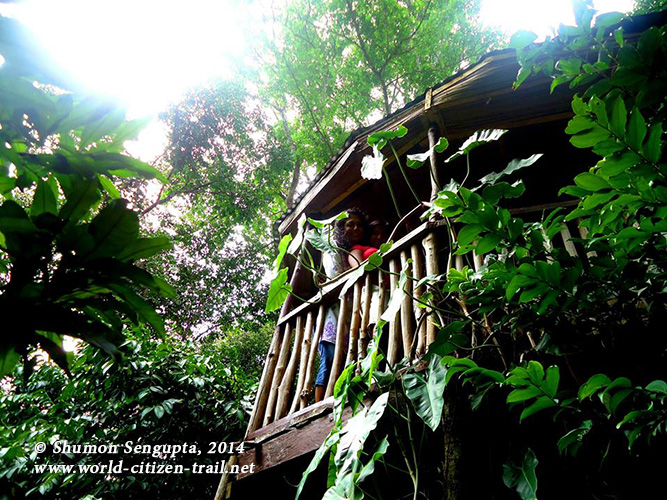
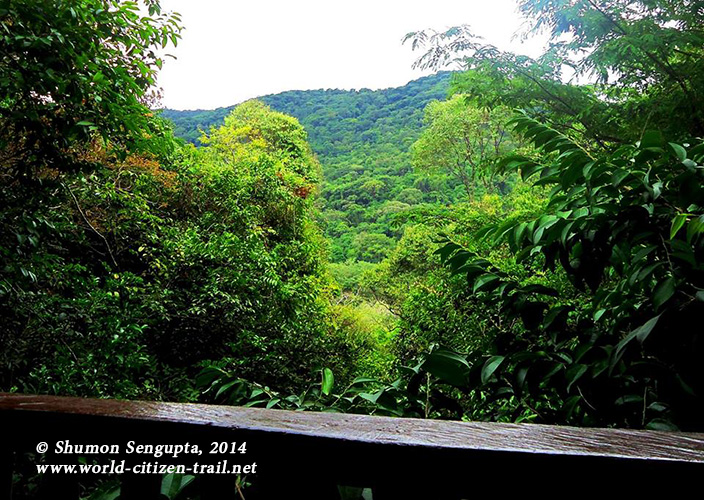
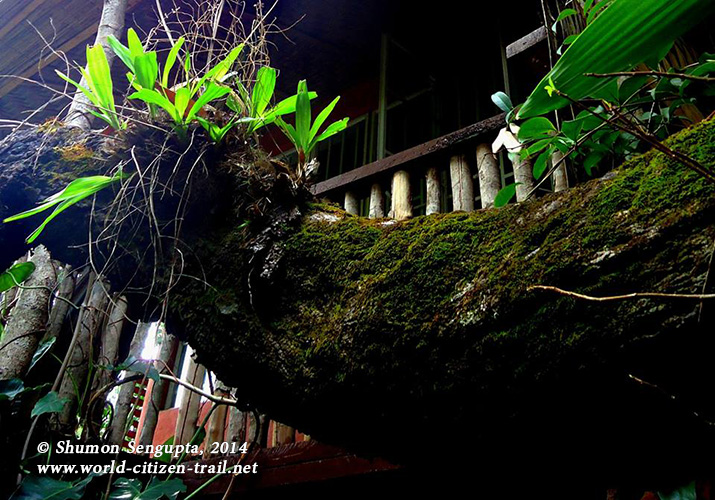
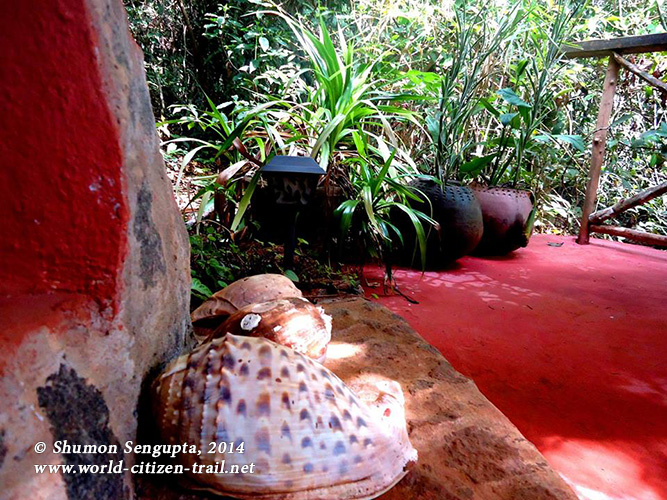
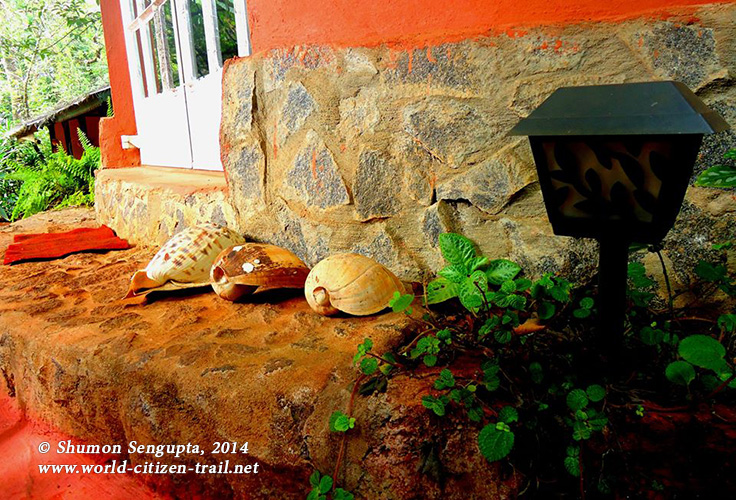
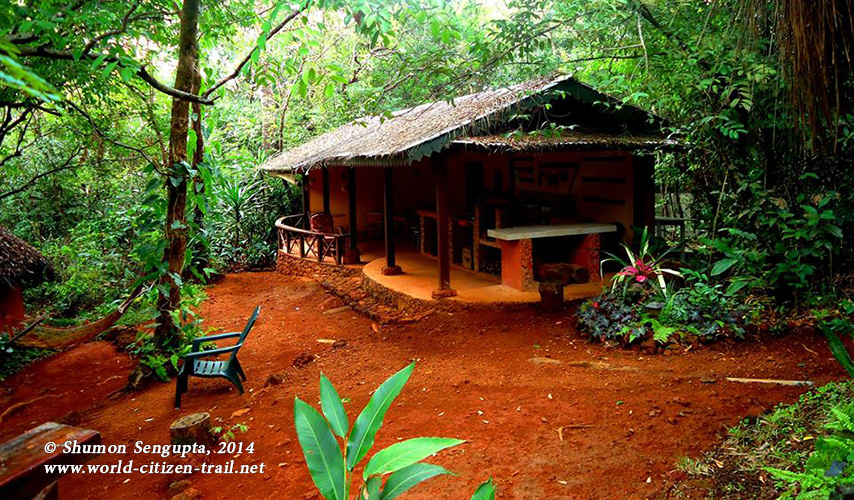
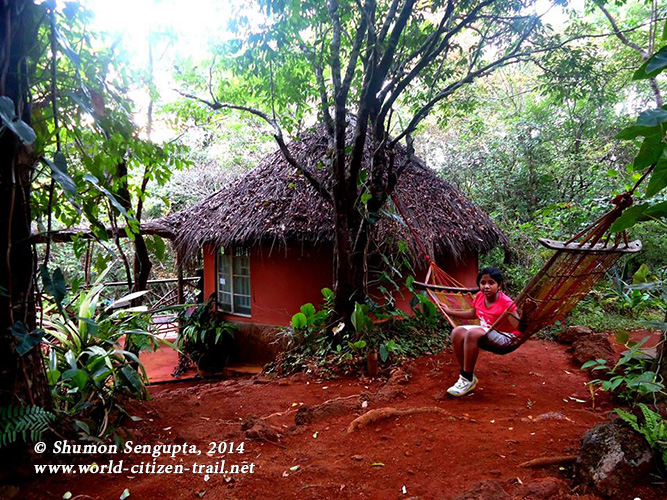
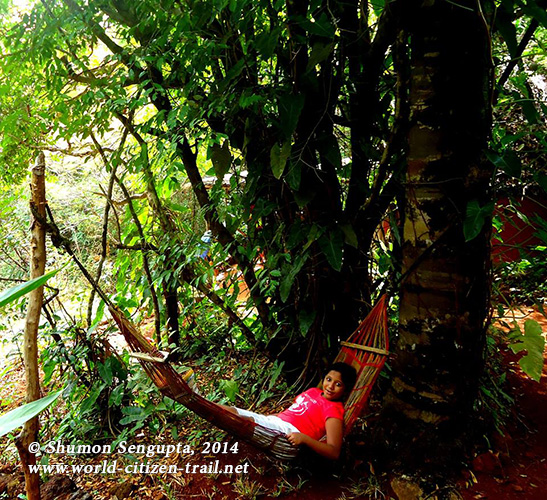
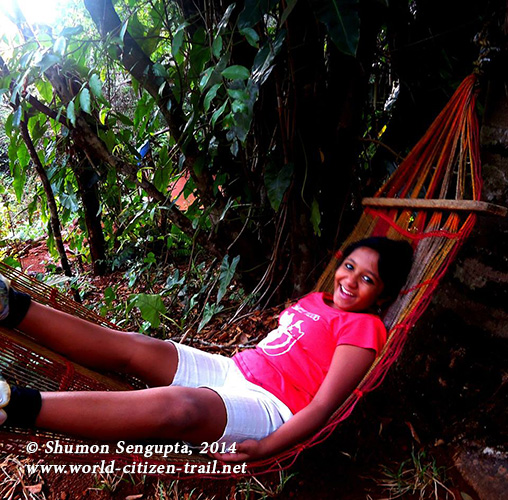
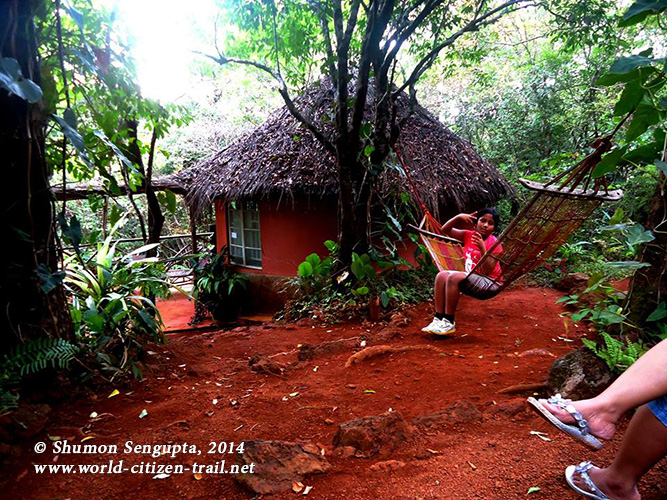
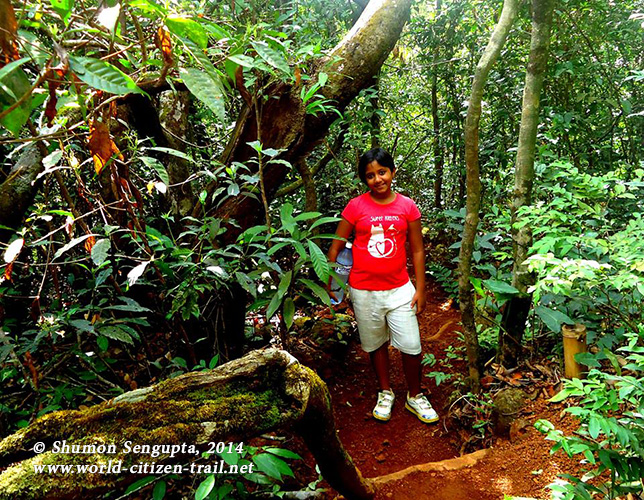
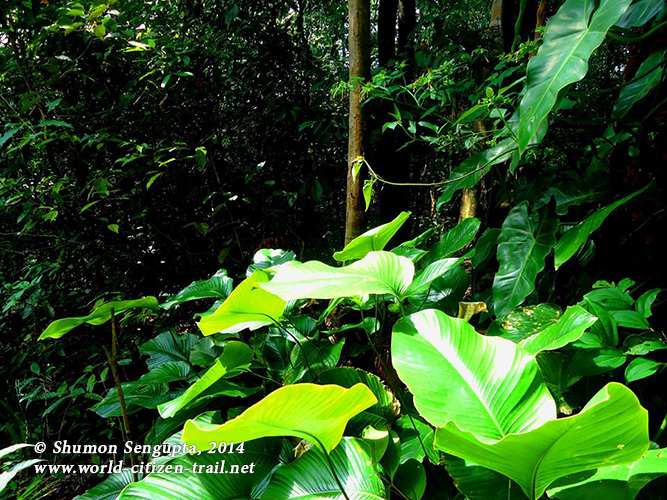
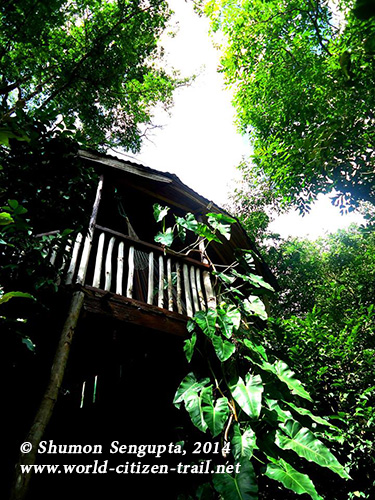
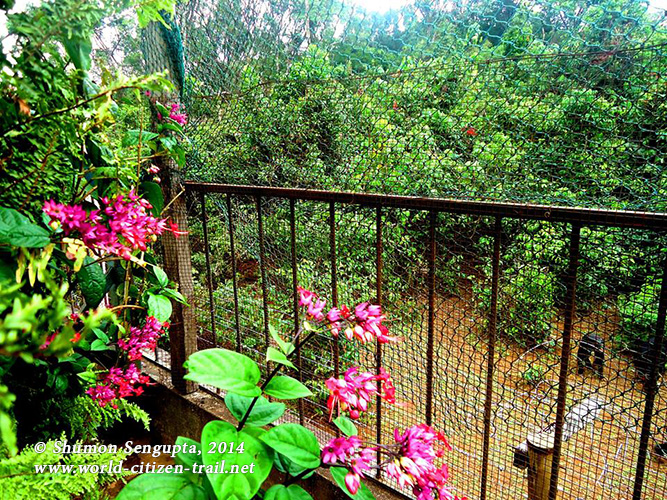
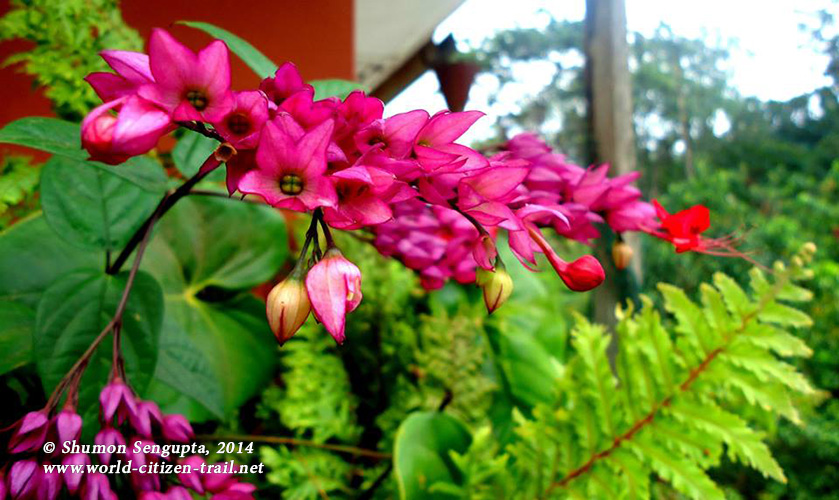
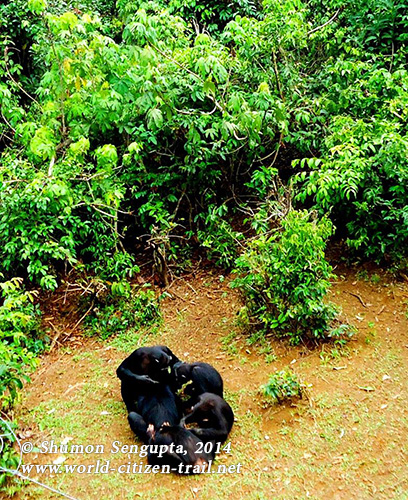
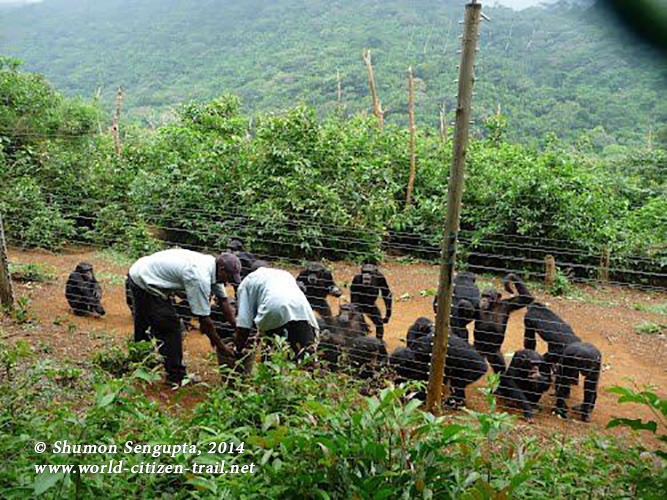
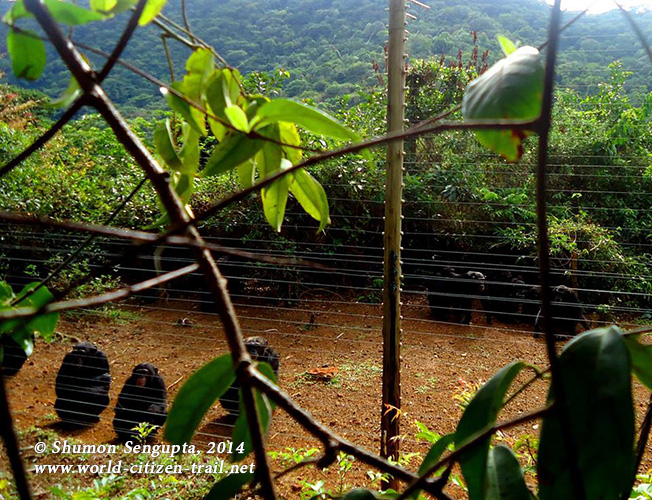
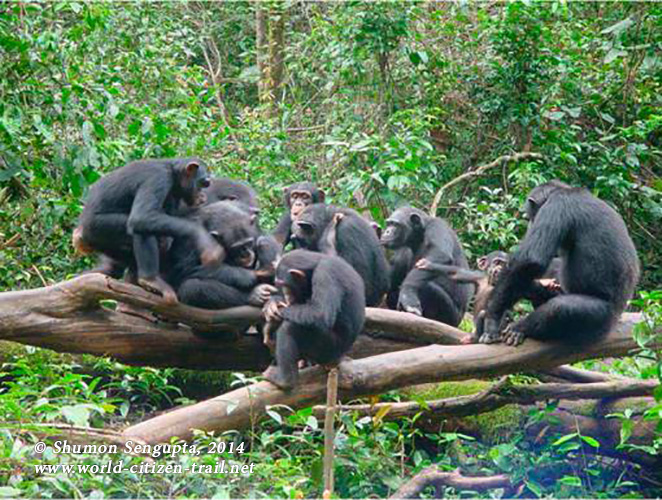
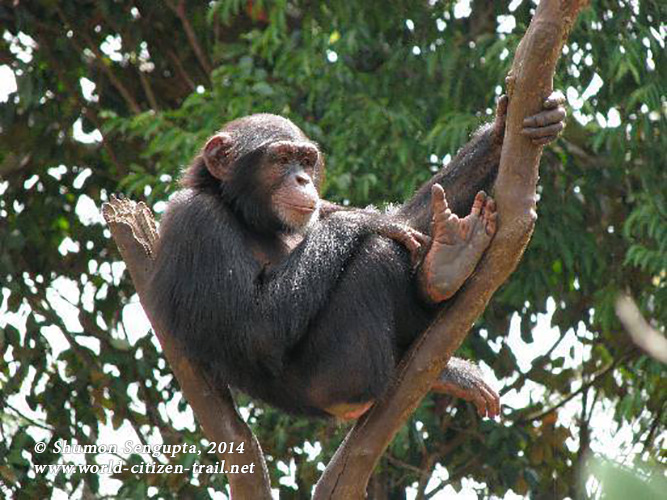
The Tacugama Chimpanzee Sanctuary is located amidst the forested hills of the Freetown peninsula, Sierra Leone. Over the years because of hunting, depletion of their natural habitat and trading, the chimpanzee population of Sierra Leone has dwindled to an alarmingly low level. These wild animals were captured as cubs, kept as pets and subject to cruel treatment. Many were also exported in droves to Europe and elsewhere for scientific research. As a result the population of wild Chimpanzees has dropped from an estimated 20,000 in the 1970s to about 2,000 in the present day.
The Tacugama Sanctuary was created in 1988 by a Sri Lankan couple Bala and Sharmila Amarasekaran. Bala, an accountant by profession had come to Sierra Leone earlier and started his own IT business. However moved by the plight of the captured and tortured chimps, he and Sharmila took to the Chimps. From an IT professional, Bala became a naturalist and along with Sharmila began to rescue scores of captive chimps from all over Sierra Leone. Eventually the couple started a program of rehabilitation of rescued chimps amidst 100 acres sanctuary of prime rainforest, in collaboration with the Sierra Leone Forest Department.
Today around 140 rescued chimpanzees have found a safe haven at the forest reserve and sanctuary of Tacugama. After the chimps are rescued and brought to the sanctuary, they are quarantined, cared for and socialized in small peer groups over an extended period of time in four different stages, before being released into the wild. In addition to hosting the chimps, around 100 species of birds have been identified in the forest reserve in and around the Tacugama sanctuary.
The sanctuary is about 10 kms through the mountain road from downtown Freetown. While most of the journey is along gentle slopes, the last 200 meters is a very narrow, steep and precarious climb through the dense forest and the road can be negotiated only in a four wheel drive in very good condition.
In the heart of the sanctuary, there are a few well appointed huts and a ‘tree house’, collectively called the Eco Lodge where visitors can spend the night amidst the wilderness. Recently we spent an amazing weekend at the sanctuary, perched on the ‘tree house’. In a strict sense, the place we stayed in is not a tree house. Located on a hill, it is a tall wood and concrete structure, cleverly built amidst branches of trees high up at the canopy level. One has to take a precipitous climb up a flight of wooden stairs to reach the room at the top. The room is simple and basic but elegant, sporting warm yellow walls. It has a semi circular hanging balcony amidst dense green forest canopy, cradled by branches of trees all around. Once at the top, it does feel like a real tree house. There is a compact, clean toilet with running water and a kitchenette at the ground level.
On our hanging balcony, we spent many a lazy hours in the hammock, or chatting softly or simply sitting in silence overlooking a deep forested valley leading to a densely forested mountain in the background. With temperatures not exceeding 26 degrees, gentle crisp breeze, the call of the birds, sounds of insects, the rustling of the leaves and swaying of the branches and the intermittent hoops and cries of the chimps, it felt as if time had come to a complete standstill amidst deep wilderness.
The sanctuary authorities organize scheduled tours of the place twice daily at 10.30 in the morning and 16.00 hours in the evening, each tour lasting about one hour. The tours, guided by experts, are highly educative. In addition to watching the Chimpanzees from observation towers, one can take walks along the forests and surrounding hills, passing by streams, little waterfalls and the occasional forest village.
There is a primate resource centre which is highly educational. Besides this, at the entrance of the sanctuary there is a café and a gift store that sells memorabilia including books, cards, batiks, T-Shirts, country cloth, wood carvings, bead jewellery, peanut and sesame cakes and candies. On sale is also several fascinating documentaries featuring the sanctuary, including one by BBC called ‘Wildlife in Warzone’ that assesses and captures the impact the decade long civil war had on wild life in Sierra Leone. Another documentary ‘Chimps Under Fire’ captures how the sanctuary kept doing during the long war. Finally, there is a great documentary called ‘Forest of Hope’ that has a wonderful footage of the chimps of the sanctuary. Nature lovers and conservationists can also ‘adopt’ a chimp by sponsoring its upkeep for a year by paying an amount of USD 79 or USD 149.
The highlight of our trip, in addition to hours spent in sheer tranquillity on top of the tree house was observing groups of chimps of various ages, in the different stages of rehabilitation. Swinging from branch to branch, playing, chasing, pulling, tugging and smacking at each other, jumping, climbing, hooting and screeching, petting, comforting and nuzzling each other, picking bugs out of each other’s furs, it was almost impossible to find a chimp stay still for more than a few seconds. One could spend hours in absolute delight, just watching what ‘monkey business’ really meant. Watching chimpanzees from a safe distance, it was amazing to recognize almost human like behaviours and emotions in them. No wonder Chimps share 98.6% of their DNA with humans. On close observation, much of their behaviour could be understood, particularly their movements, expressions and calls.
Even for a person like me who isn’t particularly fond of primates, it didn’t take long to get sucked into the world of ceaseless and hilarious antics of the chimps. A visit to the Tacugama chimpanzee sanctuary is sure to convert even the most indifferent person to a lover of chimps.
